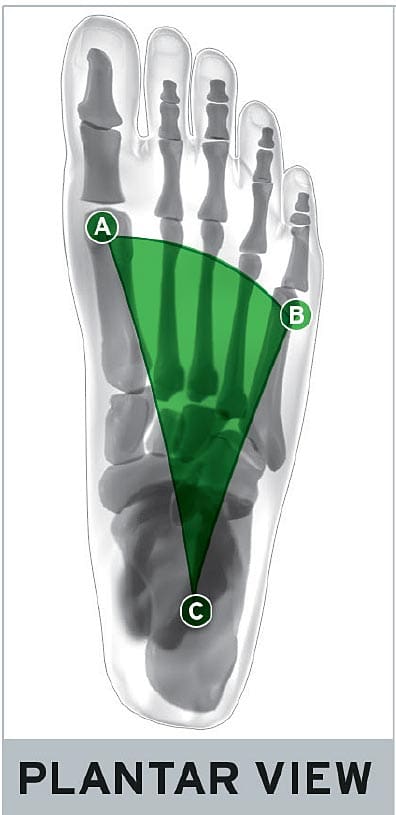Chiropractic care focuses not only on the skeletal system and joints but also on the treatment of muscle pain. The muscles are interwoven with fascia, a type of tissue that allows muscles to glide smoothly over one another. Both muscles and fascia can develop painful adhesions, often recognized by their hard or knot like texture under the skin.
Muscle pain can be quite uncomfortable and even debilitating in certain cases. When you are suffering from muscle pain, your chiropractor can provide some much-needed relief using a variety of effective treatment options.
What is Myofascial Pain Syndrome?
The word “myofascial” is a mouthful, but there is a reason it is used by chiropractors. The first part of the word, “myo”, generally refers to your muscles. The second part of the word, “fascia”, refers to the connective tissue that is found all throughout your body. Myofascial pain syndrome is used to indicate muscle pain in its various forms. This may include issues with your fascia, muscle tissue, or both.Myofascial pain can vary considerably, ranging from mild and frustrating to completely debilitating. Fortunately, whatever the intensity of the discomfort, chiropractic treatment can provide a solution that lessens and often eliminates the pain.
Trigger Points
The knots you have probably felt in your muscles or had others identify are also known as trigger points. These tight spots are often sensitive to the touch and can be found in any muscle in your body. As they develop, they may produce symptoms like numbness, burning, weakness, pain, and tingling.Trigger points are caused by trauma to the body, such as an accident in a car or during athletics. They can also be caused by more mild, long-term trauma, such as working at a desk without proper ergonomics or making a repetitive motion over a long period of time.
Trigger points are challenging to identify sometimes because they occur at different spots in different people. They also produce something called “referred pain”, a pain that is felt somewhere else besides where the actual trigger point is. Chiropractors are trained to track down trigger points, though, so even if they are somewhat hidden by referred pain, they can be found eventually.
How Chiropractic Helps with Myofascial Pain Syndrome
Chiropractors are not only good at finding trigger points, but they are also good at treating them. They accomplish this using a variety of techniques. Some of the benefits of chiropractic for myofascial pain include:Breaking Up Adhesions
Trauma in the muscles can cause adhesions to form. Adhesions are when muscle fibers and/or fascia bond together into a form of scar tissue. The adhesions cause the muscles to catch instead of slide smoothly, which can have a cascading effect on the body. Not only does the adhesion hurt, but it also causes joints to become misaligned and further problems to develop.Pressure on the Trigger Point
Sometimes the most effective way to treat a trigger point is to apply pressure to smooth out the muscle and fascia. Chiropractors can do this with their hands or specific tools.Improving Overall Alignment
The cause of trigger points and muscle pain is often trauma, but sometimes the trauma is not as obvious as an accident or a trauma directly to the affected area. Misalignment in the spine or the extremities can cause the body to move incorrectly. Over time, the incorrect movement patterns can put extra strain on the muscles. Chiropractic focuses on helping your whole body become aligned, which can ease muscle pain and prevent further issues from developing.Help With Muscle Pain
Please contact our office to schedule an appointment with a chiropractor. Let us help alleviate your muscle pain and get you back on your feet again!The Benefit of Using *CHIROPRACTIC ORTHOTICS* | El Paso, Tx (2019)
Support for your 3 Arches
The feet are the foundation of the body. They provide the stability to perform activities by supporting the weight of the entire body using the 3-arched bond called the plantar vault.The plantar vault provides numerous benefits:
- Balances the body
- Propels us forward
- Absorbs heel-strike shock
- Walking and running stresses adaptation
The Plantar Vault
The foot is made up of 3 arches. These arches are what keep the body balanced:
- Medial longitudinal arch (A–C)
- Lateral longitudinal arch (B–C)
- Anterior transverse (metatarsal) arch (A–B)
Arch Collapse
Over time, one or more of the arches will weaken due to pressure and wear and tear. This process is completely natural but injuries, a short leg, improper posture, and naturally weak ligaments and tendons can cause the collapse.Custom-made orthotics are designed to provide the best possible support for all 3 arches:
- Individually crafted from 3D scans to bolster the arches in your feet
- Prescribed through Chiropractors to ensure you get the best possible orthotic
- Available in a variety of styles and builds to suit your lifestyle and needs






